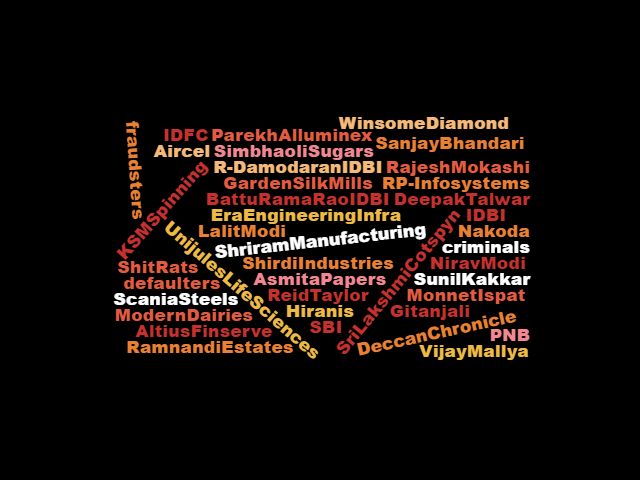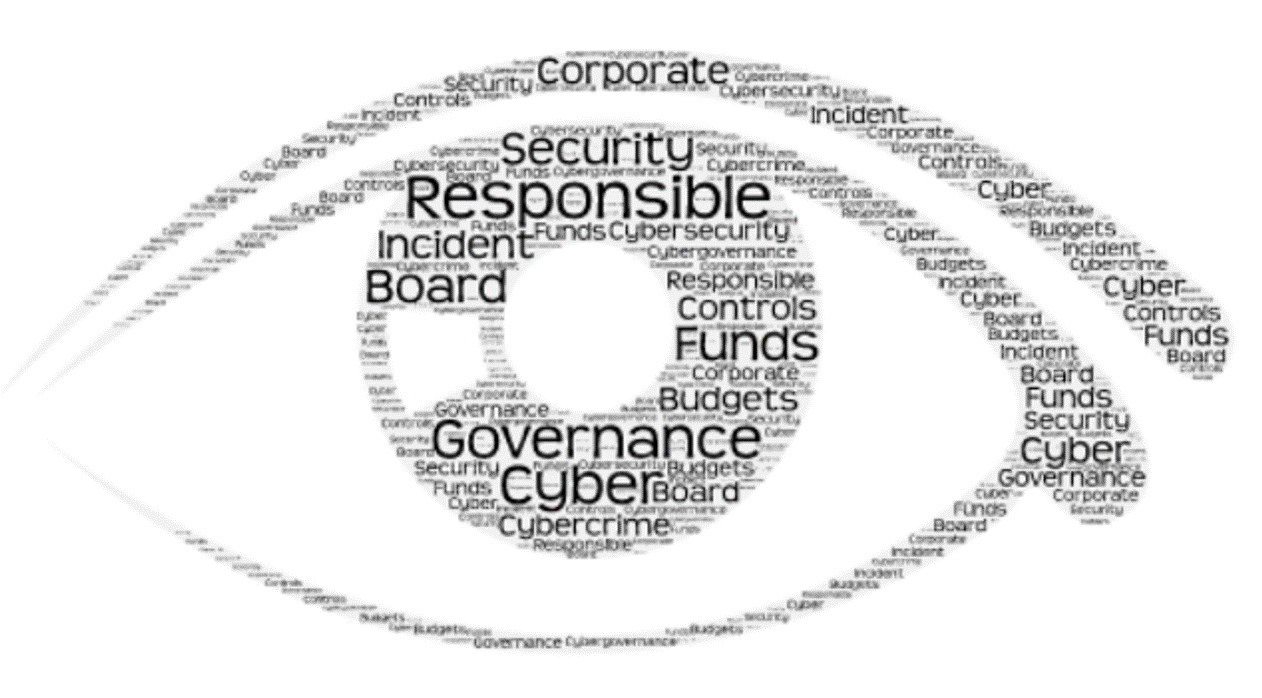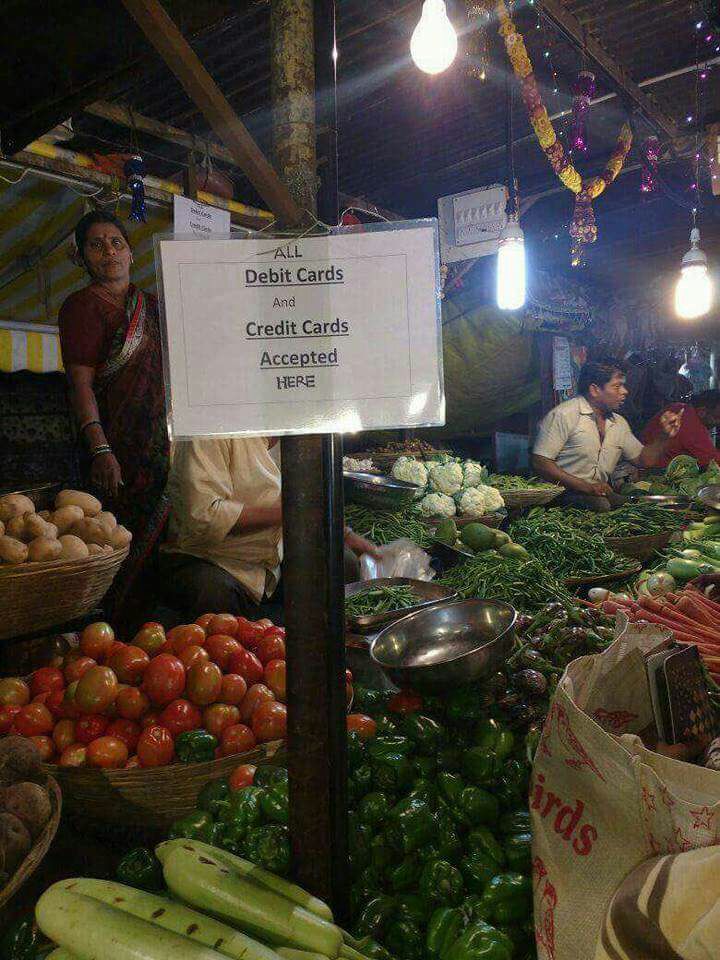By Dr Rakesh Goyal
31 December 2016
My paper “How Much of Black Money is Held in Cash?” published in Moneylife on 28 December 2016 (http://www.moneylife.in/article/how-much-of-black-money-is-held-in-cash/49303.html) has been a good learning experience for me. It attracted many comments from many learned members/subscribers, in Moneylife webpage and by direct emails to me. I tried to respond to most of these.
I started the above paper, to estimate “How much cash is needed in Indian economy” and thus “how much black money s held in cash”, if we go partly CDT, where-ever easily possible. Full CDT is not possible till challenges as discussed in another paper “5 Hurdles for Cashless Digital Transactions” published in Moneylife Magazine dated 23 December 2016 with web-edition of same date (http://www.moneylife.in/article/5-hurdles-for-cashless-digital-transactions/49211.html or https://rakesh1blog.wordpress.com/2016/12/22/first-blog-post/). The idea of the above paper came as there is no data or information available on this estimate, so I started building it from basics.
During comments and discussions, I learnt that RBI is using a framework or methodology and an algorithm, which is quite old (quite possibly may be 60-80 years old) to calculate estimates of M0 (currency in circulation) requirements.
Following is stated on RBI website (https://www.rbi.org.in/currency/faqs.html) –
“How does the Reserve Bank estimate the demand for bank notes?
The Reserve Bank estimates the demand for bank notes on the basis of the growth rate of the economy, the replacement demand and reserve requirements by using statistical models.”
These are three elements in calculating demand or print order of notes – (a) replacement (of mutilated notes); (b) reserve requirements and (c) add to currency circulation based on “growth rate of economy”. This “growth rate of economy” rang the bells in the mind. I thought of testing and analyzing it in more detail. During the process, many questions came up, which I try to put at the end of this paper.
I decided to explore further, especially various relationships between GDP, GDP growth, M0, M0 growth, etc. Interestingly, all data is taken from RBI publication only, as referred below.
Following are some observations and analysis –
Table -1 : NOTES AND COINS IN CIRCULATION (Rs billion or hundred crores)
| year | Coins* | Notes (denomination in Rs.) | Total M0 | |||||||
| 2 | 5 | 10 | 20 | 50 | 100 | 500 | 1000 | |||
| 2011-12 | 134.58 | 8.51 | 36.43 | 230.02 | 70.2 | 174.38 | 1411.88 | 5128.07 | 3468.81 | 10662.88 |
| 2012-13 | 153.16 | 8.51 | 36.87 | 251.68 | 76.5 | 173.95 | 1442.1 | 5359.5 | 4299 | 11801.27 |
| 2013-14 | 176.12 | 8.51 | 37.14 | 266.48 | 85.69 | 172.42 | 1476.46 | 5702.48 | 5081.37 | 13006.67 |
| 2014-15 | 193.99 | 8.51 | 37.02 | 303.04 | 86.99 | 174.36 | 1502.65 | 6563.91 | 5612.45 | 14482.92 |
| 2015-16 | 218.61 | 8.53 | 36.8 | 320.15 | 98.47 | 194.5 | 1577.83 | 7853.75 | 6325.68 | 16634.32 |
Source – “HANDBOOK OF STATISTICS ON THE INDIAN ECONOMY 2015-16, September 15, 2016 published by Department of Statistics and Information Management, Reserve Bank of India. Table 160 page 247. *Coins are consolidated.
(The M0 value of Rs. 16634.32 billion (hundred crores) is as on 31 March 2016 and not as on 08 November 2016. The estimated figure published by RBI (https://dbie.rbi.org.in/DBIE/dbie.rbi?site=publications#!2) in Time-Series-Publication (COMPONENTS OF MONEY STOCK (Monthly)) for October 2016 was Rs. 17.77 lakh crores or Rs. 17772.95 billion)
The above table shows the growth of money supply in economy. The above data is used to calculate the yearly growth of M0 as per the table below –
Table – 2 : Yearly Growth of M0 (growth over previous year)
| Year | Total M0 (Rs. Hundred Crores) | M0 Percentage increase |
| 2011-12 | 10662.88 | 12.42% |
| 2012-13 | 11801.27 | 10.68% |
| 2013-14 | 13006.67 | 10.21% |
| 2014-15 | 14482.92 | 11.35% |
| 2015-16 | 16634.32 | 14.85% |
The growth of M0 is 10.21% to 14.85% on Y-to-Y basis.
Table – 3 : India’s GDP and its growth
| Year | GDP (Rs. Hundred Crores) | GDP Percentage increase |
| 2011-12 | 87,360 | 6.64% |
| 2012-13 | 92,269 | 5.62% |
| 2013-14 | 98,394 | 6.64% |
| 2014-15 | 105,522 | 7.24% |
| 2015-16 | 113,502 | 7.56% |
Source – “HANDBOOK OF STATISTICS ON THE INDIAN ECONOMY 2015-16, September 15, 2016 published by Department of Statistics and Information Management, Reserve Bank of India. Table -2, Page – 8
India’s GDP taken at market price with base year 2011-12. The growth of GDP is 5.62% to 7.56%.
Let us calculate M0 as percentage of GDP.
Table – 4 : M0 as percentage of GDP
| Year | M0 | GDP | M0 as %age of GDP |
| 2011-12 | 10662.88 | 87,360 | 12.21% |
| 2012-13 | 11801.27 | 92,269 | 12.79% |
| 2013-14 | 13006.67 | 98,394 | 13.22% |
| 2014-15 | 14482.92 | 105,522 | 13.73% |
| 2015-16 | 16634.32 | 113,502 | 14.66% |
It is clear from above table that M0 has increased gradually from 12.21% of GDP in 2011-12 to 14.66% in 2015-16 in 4 years. In 4 years, the total increase in GDP is 29.92% where as total increase in M0 is 56%. This is approx double.
Based on the above data let us compare the growth of M0 over the growth of GDP.
Table – 5 : Growth of M0 compared to growth of GDP
| Year | M0 Percentage increase | GDP Percentage increase | Growth of M0 over growth of GDP |
| 2011-12 | 12.42% | 6.64% | 187.10% |
| 2012-13 | 10.68% | 5.62% | 190.02% |
| 2013-14 | 10.21% | 6.64% | 153.86% |
| 2014-15 | 11.35% | 7.24% | 156.69% |
| 2015-16 | 14.85% | 7.56% | 196.40% |
The table shows that the M0 grew at a rate of 154% to 196% compared to GDP growth.
Let us also see the growth of bigger notes (Rs. 1000 and Rs. 500) over the growth of M0 –
Table – 6 : Growth of Rs 1000/500 notes over growth of M0
| Year | Growth of M0 | Growth of 1000 and 500 notes | Growth of bigger notes over growth of M0 |
| 2011-12 | 12.42% | 14.93% | 120.19% |
| 2012-13 | 10.68% | 12.35% | 115.67% |
| 2013-14 | 10.21% | 11.65% | 114.07% |
| 2014-15 | 11.35% | 12.91% | 113.77% |
| 2015-16 | 14.85% | 16.45% | 110.74% |
Data from table – 1
The above table shows that value-wise, RBI printed more bigger notes of Rs. 1000 and Rs. 500 at the cost of notes of Rs. 100 and below.
Following facts comes out from above data and analysis –
- RBI circulated more and more money (bank notes) every year, where M0 grow at a rate of 12.42% to 14.85% compared to GDP from 5.62%-7.56%.
- The ratio of cash in economy to GDP has increased from 12.21% to 14.66% in just 4 years. In value terms, it is approx Rs. 6000 billion or 6 lakh crores.
- The growth of M0 over growth of GDP has been 154% to 196% higher during this 4 years period.
- If GDP grew by 30% in 4 years, M0 grew at 56%.
- Bigger notes were printed more by 10% to 20% at the cost of smaller notes.
In my paper “How Much of Black Money is Held in Cash?” published in Moneylife on 28 December 2016 (http://www.moneylife.in/article/how-much-of-black-money-is-held-in-cash/49303.html), using my framework and methodology, based on demand and usage, I have calculated the M0 requirements as below, provided citizens use existing cashless instruments such as cheques, NEFT/RTGS and credit/debit cards (not considering eWallets, BHIM, etc.) –
Table – 7 : Ideal M0 requirements at national level –
Following is the cash (M0) requirements at national level –
| Sr No | Category | Population
(Lakhs) | Income/month
(Rs. Thousands) | % of income spend in cash | Total average cash requirement per household / unit (Rs Thousands) | Total National cash (M0) requirement (Thousands Lakhs) |
| 1 | BPL | 800 | 5 | 100 | 5 | 4000 |
| 2 | Non-IT-Paying | 1800 | 15 | 50 | 7.5 | 13500 |
| IT-Paying LE 1.5 lakhs | 172 | 70 | 30 | 21 | 3612 | |
| 3 | IT-Paying GT 1.5 lakhs | 19 | 200 | 20 | 40 | 760 |
| 4 | MSME | 500 | 30 | 40 | 12 | 6000 |
| 5 | Retail | 300 | 120 | 25 | 30 | 9000 |
| 6 | Companies | 10 | 1 | 600 | 6000 | |
| 7 | Agriculture | 1200 | 15 | 50 | 7.5 | 9000 |
| Total Cash (M0) Requirement at national level | 51872 | |||||
Thus, if things go ideal and there is no total CDT, then the total cash (M0) requirement at national level is calculated as Rs. 5.1872 Lakh crores or say 5.2 lakh crores or Rs. 5200 billion (hundred crores).
As the situation existed on 08 November 2016, if we consider that all above categories except companies used cash in the economy, the M0 requirements will be (percentage of income spend in cash = 100%) –
Table – 8 : M0 requirements at national level, if all transactions are in cash
| SrNo | Category | Population | Income/month | %of income spend in cash | Total cash requirement / household (Rs Thousands) | Total National cash requirement (Lakh Thousands) |
| (Lakhs) | (Rs Thousand) | |||||
| 1 | BPL | 800 | 5 | 100 | 5 | 4000 |
| 2 | Non-IT-Paying | 1800 | 15 | 100 | 15 | 27000 |
| IT-Paying LE 1.5 lakhs | 172 | 70 | 100 | 70 | 12040 | |
| 3 | IT-Paying GT 1.5 lakhs | 19 | 200 | 100 | 200 | 3800 |
| 4 | MSME | 500 | 30 | 100 | 30 | 15000 |
| 5 | Retail | 300 | 120 | 100 | 120 | 36000 |
| 5 | Companies | 10 | 1 | 600 | 6000 | |
| 6 | Agriculture | 1200 | 15 | 100 | 15 | 18000 |
| Total Cash (M0) Requirement at national level | 121840 | |||||
The total cash economy will need Rs. 121840 Lakh Thousands or Rs. 12184 billion (hundred crores).
Table – 9 : proportion of M0 requirements (with all cash transactions) to GDP, and actual M0 (Rs. Billion or hundred crores) –
| M0 in all cash economy | 12184 | Percentage |
| GDP 2015-16 | 113,502 | 10.73% |
| M0 as on 31/03/16 | 16634.32 | 73.25% |
| M0 as on 08/11/16 | 17550 | 69.42% |
The ideal M0 of Rs. 12184 hundred crores, with all cash transactions, is 10.73% of GDP of Rs. 113502 hundred crores compared to 14.66% as per RBI data. In all cash economy, except companies, the maximum M0 requirement is just 70% of existing M0. M0 is excess by Rs. 5.37 lakh crores.
This means, RBI has pumped excess cash in economy. As per Macroeconomic theories, this can result in –
- Inflation – More money chasing lesser goods and services, hence prices go up. This has happened.
- Hoarding, black/parallel/cash economy – This has happened. Extra cash has been used to hoard commodities, real estate.
- Lowering interest rates – due to more liquidity in system, interest rates go down. This has happened.
- Devaluation of rupee – This has happened
Based on the above data, RBI needs to respond to following queries from a concerned and affected citizen. This is without any prejudice and malice –
- What is the basis of calculation of “Currency in Circulation”? Is there a scientific method for this? Had the framework or methodology been reviewed for relevance to changing environment, anytime? Had it been audited to suit constantly changing Indian economic conditions and/or whether this gives desired results?
- Why the ratio of currency circulation to GDP has been increasing from 12.21% in 2011-12 to 14.66% in 2015-16, in just 4 years? What can be the economic rationale?
- Why the ratio of growth of currency circulation to the ratio of growth of GDP has been 154% to 196% in these 4 years?
- Does RBI have required expertise and capabilities to calculate currency circulation requirements?
- Had RBI directly or indirectly not helped in creating and maintaining black money in Indian economy by pumping extra cash at high level?
- Had RBI directly or indirectly not contributed towards high inflation by pumping this extra cash, which may be used by commodity hoarders, real estate sharks, etc.?
- Had RBI directly or indirectly not contributed to NPA and bad loads, by extending this extra cash to people like Vijay Mallaya?
- Had RBI directly or indirectly not helped bribe-takers, illegal operators, speculators, bookies, hawala operators, etc. by providing them sufficient cash in the economic system.
- Is RBI indirectly or directly not responsible for devaluation of rupee over last 4 years due to printing of extra money?
- Had the world class economists, sitting in RBI as governors / dy. governors/ advisors, monitored and questioned anytime, this distortion crept into the system, over the year? If no, why? If yes, then what was the conclusion or decision?
- Does RBI propose or open to change its framework or methodology?
- Will RBI own responsibility for this economic mismanagement?












